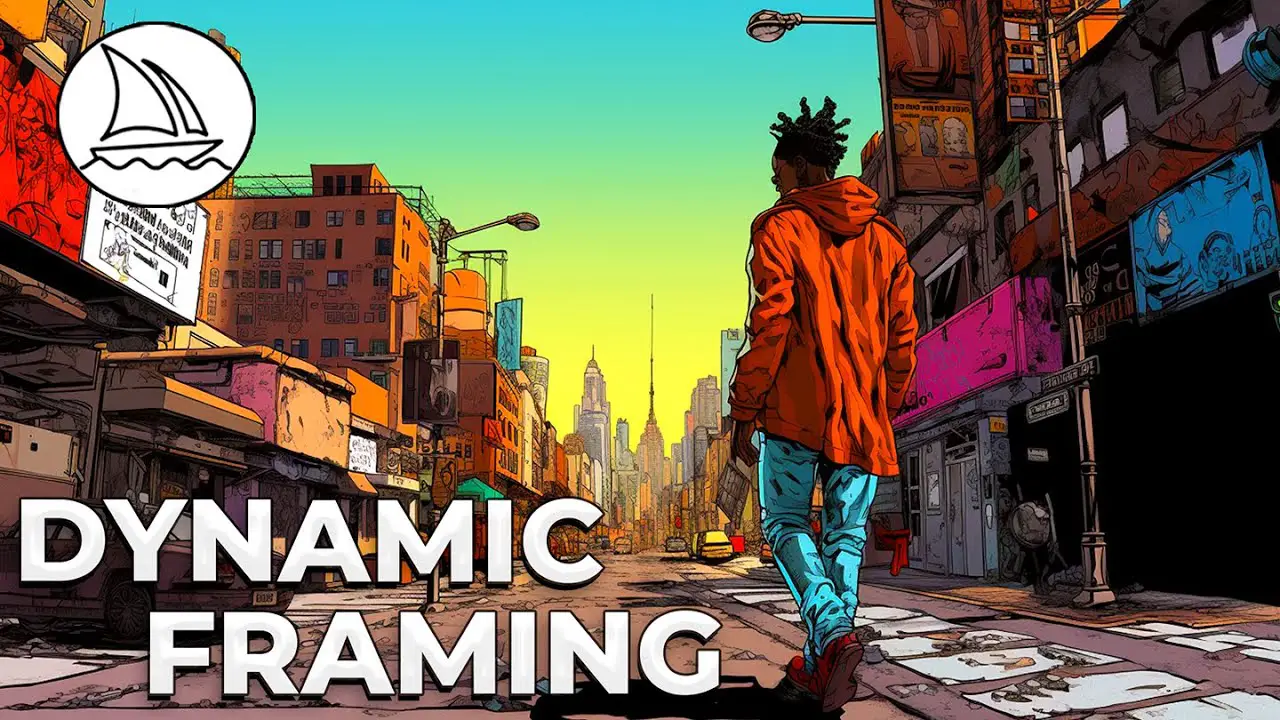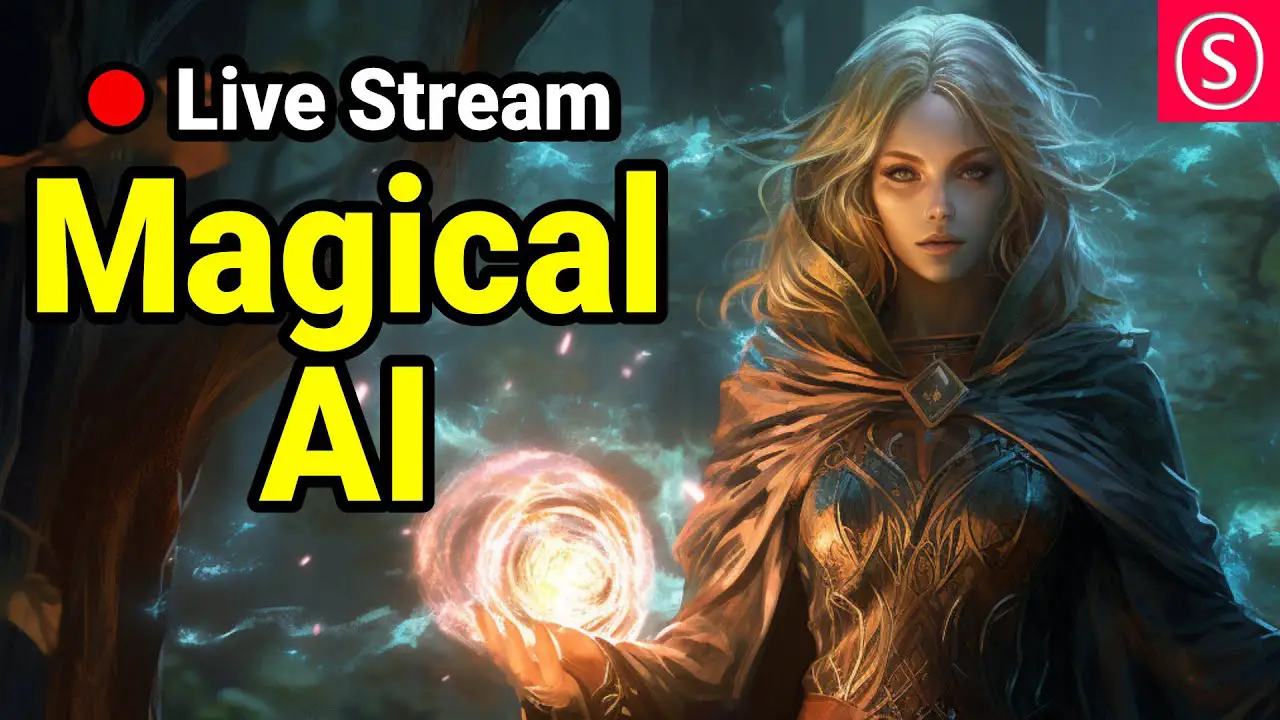AI Music Composer: Terms and Guide
October 31st, 2023

AI Music Composer: Terms and Guide
AI Music Composer: Features Provided by Creata AI Music
- Clone: AI model will generate speech based on the sample voice provided
- Music: based on Facebook's musicgen model to create tunes. Subscriber can create up to 30 second music piece
Easy: creates short vibes with a spetrogram
These are example types of Synth solo that you could enter as the prompt to generate Ai music:
- Epic Lead Synth Solo: This type of solo is often found in electronic and synth-heavy genres like trance, progressive house, and synthwave. Epic lead solos are characterized by soaring melodies, intricate arpeggios, and a sense of grandeur. They often take center stage and create a strong emotional impact.
Bluesy Synth Solo: Similar to a guitar-based blues solo, a bluesy synth solo incorporates bending notes, vibrato, and expressive phrasing. It can evoke a soulful and emotive quality, even on electronic instruments.
Spacey Ambient Synth Solo: Often used in ambient, new age, and experimental music, these solos focus on creating atmospheric and textural soundscapes. They might use long sustain, reverb, delay, and other effects to generate an immersive and ethereal sound.
Shredding Synth Solo: Inspired by guitar shredding, this type of solo involves fast and intricate runs, scales, and patterns. It's commonly heard in genres like progressive rock, metal, and fusion.
Chiptune Solo: Chiptune music draws inspiration from old-school video game sounds. Chiptune solos use 8-bit or 16-bit synthesizers to create nostalgic and retro-sounding melodies.
Jazzy Synth Solo: Incorporating elements of jazz improvisation, jazzy synth solos can be harmonically complex and rhythmically dynamic. They often utilize techniques like chromaticism, swing rhythms, and extended chords.
Classical-inspired Synth Solo: These solos draw inspiration from classical music, using synth sounds to mimic orchestral instruments or create classical-style melodies. They can be heard in various electronic and crossover genres.
Experimental Synth Solo: In experimental music, synth solos can be highly unconventional and explore new sonic territories. These solos might involve unconventional playing techniques, unique sound manipulation, and dissonant textures.
R&B and Soul Synth Solo: In R&B and soul music, synth solos can provide a smooth and soulful counterpoint to the vocals and rhythm section. They often incorporate expressive slides, glides, and dynamic variations.
Latin or World Music Synth Solo: These solos incorporate rhythmic patterns and melodic elements from Latin American, African, or other world music traditions. They can add a vibrant and multicultural flavor to a song.
These are just a few examples, and there's a wide variety of synth solo styles out there. Each type of solo is influenced by the musical context, the genre, the synthesizer's capabilities, and the creative vision of the musician.
In addition to solos, synthesizers are used in various other musical contexts and roles. Here are a few examples:
Bass Synth: Synthesizers are commonly used to create basslines in many genres, including electronic dance music (EDM), hip-hop, and pop. The deep and powerful sounds of synthesizers can provide a driving and rhythmic foundation to a track.
Pad Synth: Pads are long, sustained sounds that create atmospheric textures in a song. Synthesizers are frequently used to generate these ambient and evolving pad sounds, which add depth and emotion to the music.
Rhythmic Elements: Synthesizers can produce percussive and rhythmic elements beyond traditional drum sounds. These elements contribute to the overall groove and rhythm of a track, often in genres like techno, house, and experimental music.
Arpeggios and Sequences: Synthesizers are capable of creating complex and intricate arpeggios and sequences. These patterns can add movement and energy to a track, whether as background elements or as prominent features.
Chords and Harmony: Synthesizers can be used to play chords and harmonies, providing lush and rich soundscapes. They are commonly used in genres like ambient, new age, and cinematic music.
Sound Effects: Synthesizers are also used to create sound effects, such as futuristic noises, sci-fi sounds, and unique textures. These effects can enhance the overall atmosphere of a track or be used for specific sonic purposes.
Layering and Texture: Synthesizers can be layered with other instruments to add depth and texture to a mix. They might complement acoustic instruments or other electronic sounds to create a unique sonic palette.
Lead Lines and Melodies: In addition to solos, synthesizers can play lead melodies and lines that interact with vocals or other instrumental melodies. These lines can be catchy and memorable hooks in a song.
Chord Progressions: Synthesizers are often used to create interesting chord progressions that define the harmonic structure of a song. They can create both traditional and experimental chord voicings.
Backing Harmonies: Synthesizers can be used to generate backing vocal harmonies or choir-like sounds, adding a choir-like texture to the music.
Remember that the versatility of synthesizers allows them to fulfill many roles within a musical arrangement. Their ability to produce a wide range of sounds makes them a fundamental tool in modern music production across various genres.
Other articles
August 17th, 2023
Guide to Creating Art with Generative AI using Python
p your environment to writing and testing your code, we've got you covered. read more...
September 11th, 2023
5 Ways to Avoid Symmetry in Midjourney
ck center in the middle of the frame … so how can we fix it? Well, there are at least 5 things you can do to help bring a more dynamic look to your generations! Did I miss any? Leave some tips in the comments, thanks! read more...
September 4th, 2023
epicRealism – THIS is the Model you WANT!!!!
istic Faces. Natural Light. read more...




